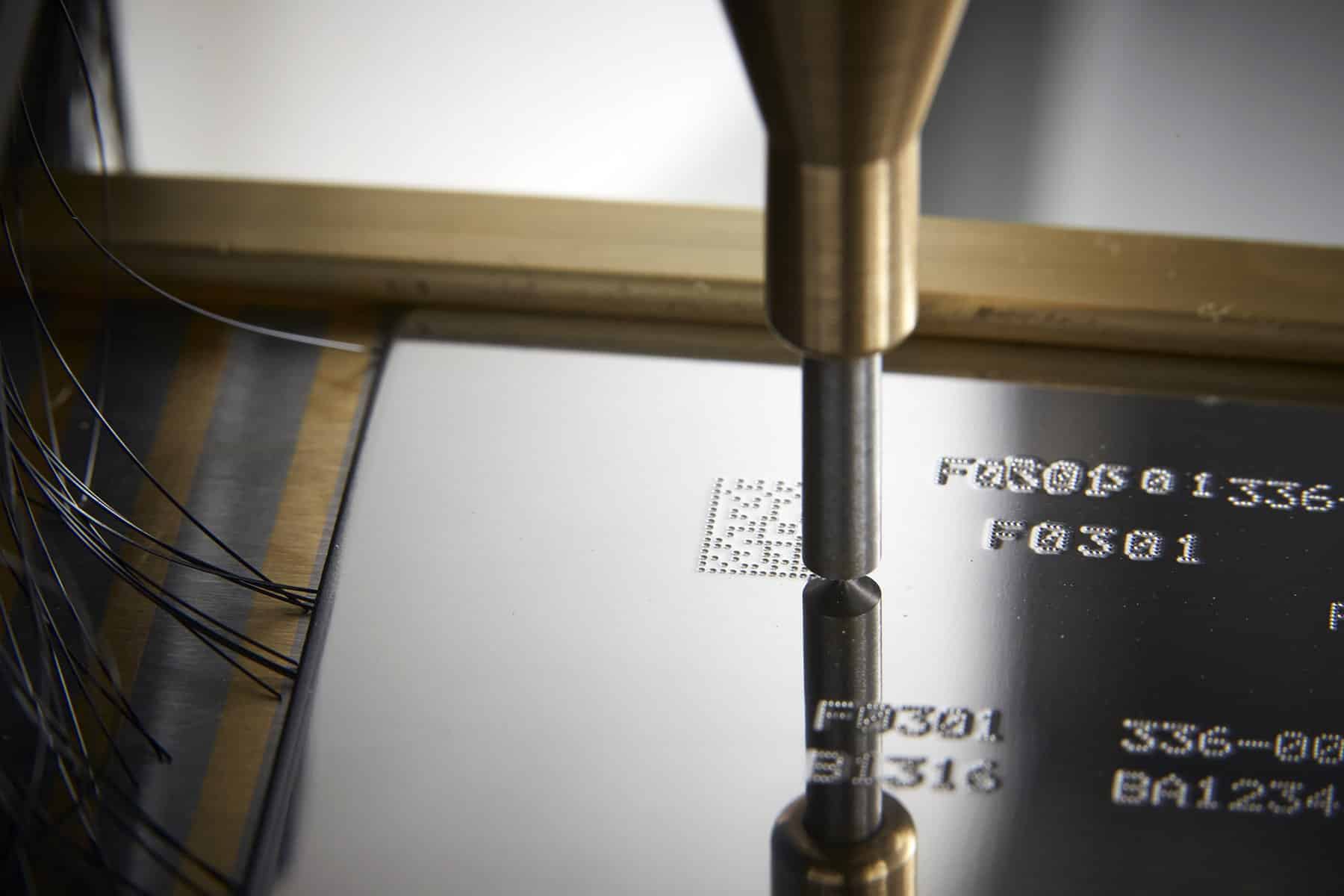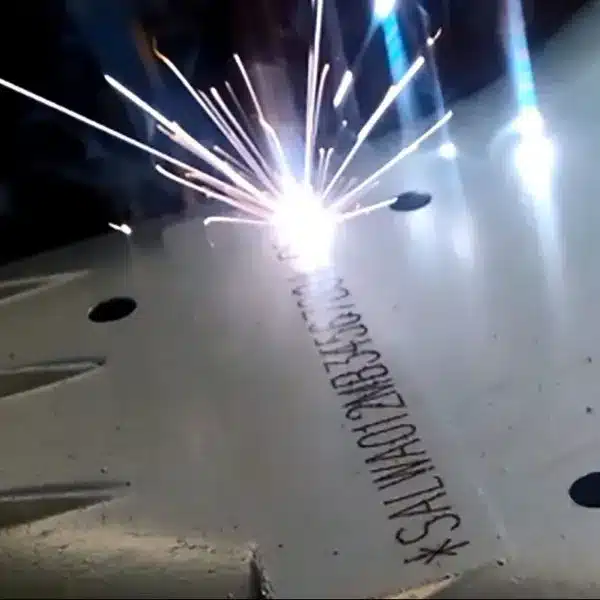Dot Peen and Laser Marking Vs Labelling or Inkjet Printing for Production Lines
In the fast-paced world of manufacturing, efficiency, durability, and accuracy are paramount. Every component, product, or package must be clearly and permanently marked for identification, tracking, and compliance purposes. Traditionally, methods like labelling or inkjet printing have been employed for such tasks. However, with advancements in technology, dot peen markers and laser marking have emerged as superior alternatives, offering a multitude of benefits for production lines.
Precision and Durability
Dot peen and laser marking technologies offer unparalleled precision and durability compared to labelling or inkjet printing. Dot peen marking uses an electromagnetic (or pneumatic) driven stylus to indent the surface with dots, creating highly legible alphanumeric characters, logos, or 2D codes. Laser marking, on the other hand, utilizes a laser beam to etch or engrave the surface, resulting in permanent, high-contrast markings.
Unlike labels that can peel off or fade over time, and inkjet prints that may smudge or wear off, dot peen and laser markings withstand harsh environmental conditions, including exposure to extreme temperatures, moisture, chemicals, and abrasion. This durability ensures long-lasting traceability and reduces the risk of product recalls or rework due to illegible markings.
Speed and Efficiency
In production environments where time is of the essence, dot peen and laser marking offer significant advantages in speed and efficiency. These technologies can mark surfaces rapidly without the need for additional curing or drying time, unlike inkjet printing.
Dot peen systems can mark multiple characters in milliseconds, making them ideal for high-speed production lines. Similarly, laser marking systems can achieve high throughput rates by swiftly etching or engraving markings with precision, allowing for seamless integration into automated manufacturing processes.
Versatility and Flexibility

Moreover, dot peen and laser marking systems can produce different types of markings, including alphanumeric characters, serial numbers, barcodes, data matrix codes, logos, and graphics, meeting industry standards and regulatory requirements with ease. This versatility eliminates the need for multiple marking methods, streamlining production processes and reducing costs.
Cost-Effectiveness and Sustainability
While initial investment costs for dot peen and laser marking systems may be higher compared to labelling or inkjet printing equipment, they offer long-term cost-effectiveness and sustainability benefits. Unlike labels and ink cartridges that require continuous replenishment, dot peen stylus tips and laser sources have extended lifespans and minimal consumable requirements, resulting in lower operating expenses over time, Increasing your product margins.
Additionally, the permanence and durability of dot peen and laser markings reduce the likelihood of product waste and rework due to damaged or illegible labels, contributing to sustainable manufacturing practices.
Conclusion
In conclusion, dot peen and laser marking technologies represent significant advancements in product identification and traceability for production lines. With their precision, durability, speed, versatility, and cost-effectiveness, they outperform traditional methods like labelling or inkjet printing in every aspect.
Manufacturers looking to enhance efficiency, quality, and compliance in their operations should consider integrating dot peen or laser marking solutions. By investing in these cutting-edge technologies, businesses can ensure reliable and permanent markings on their products, thereby improving brand reputation, customer satisfaction, and overall operational excellence.
